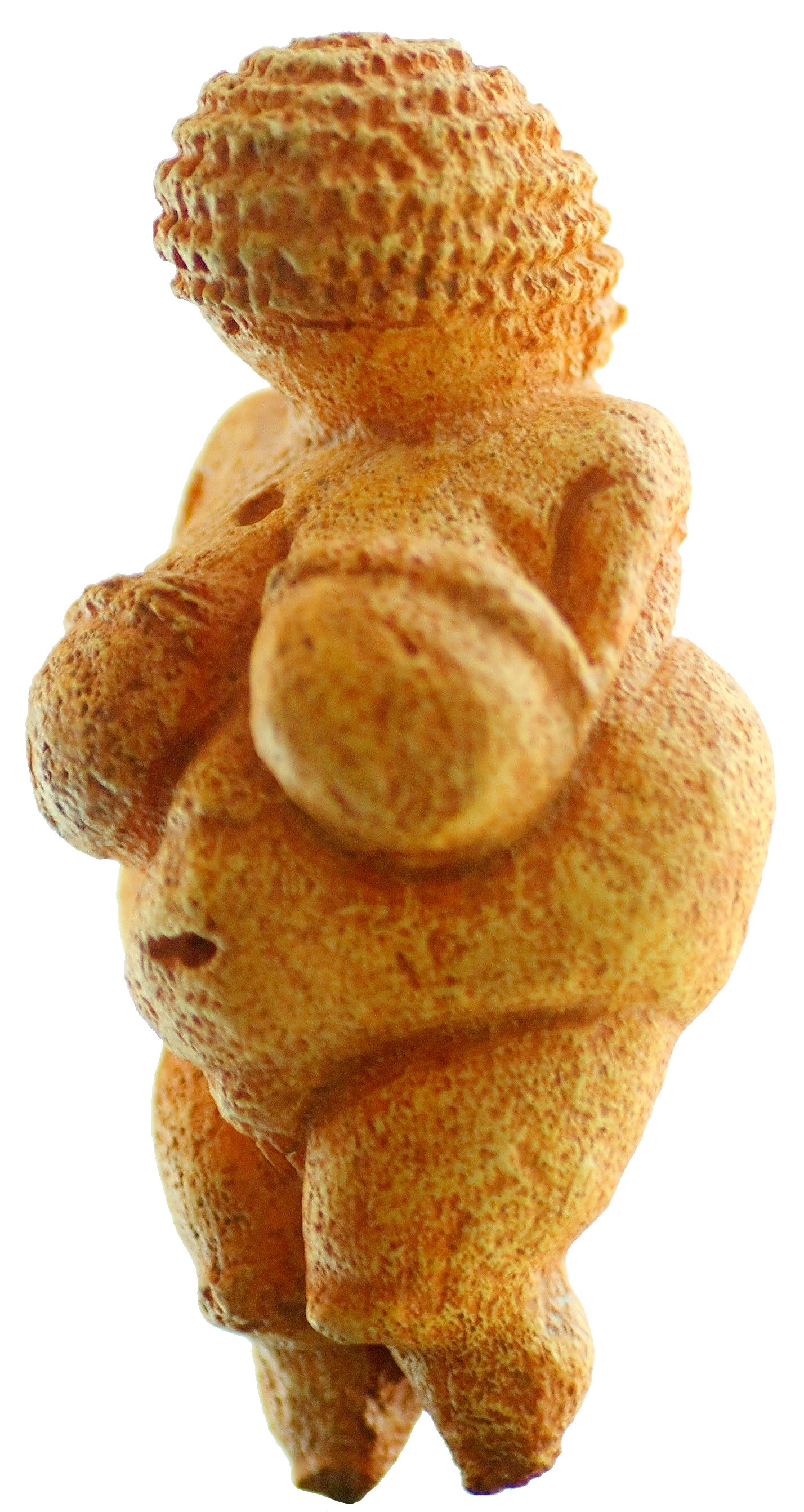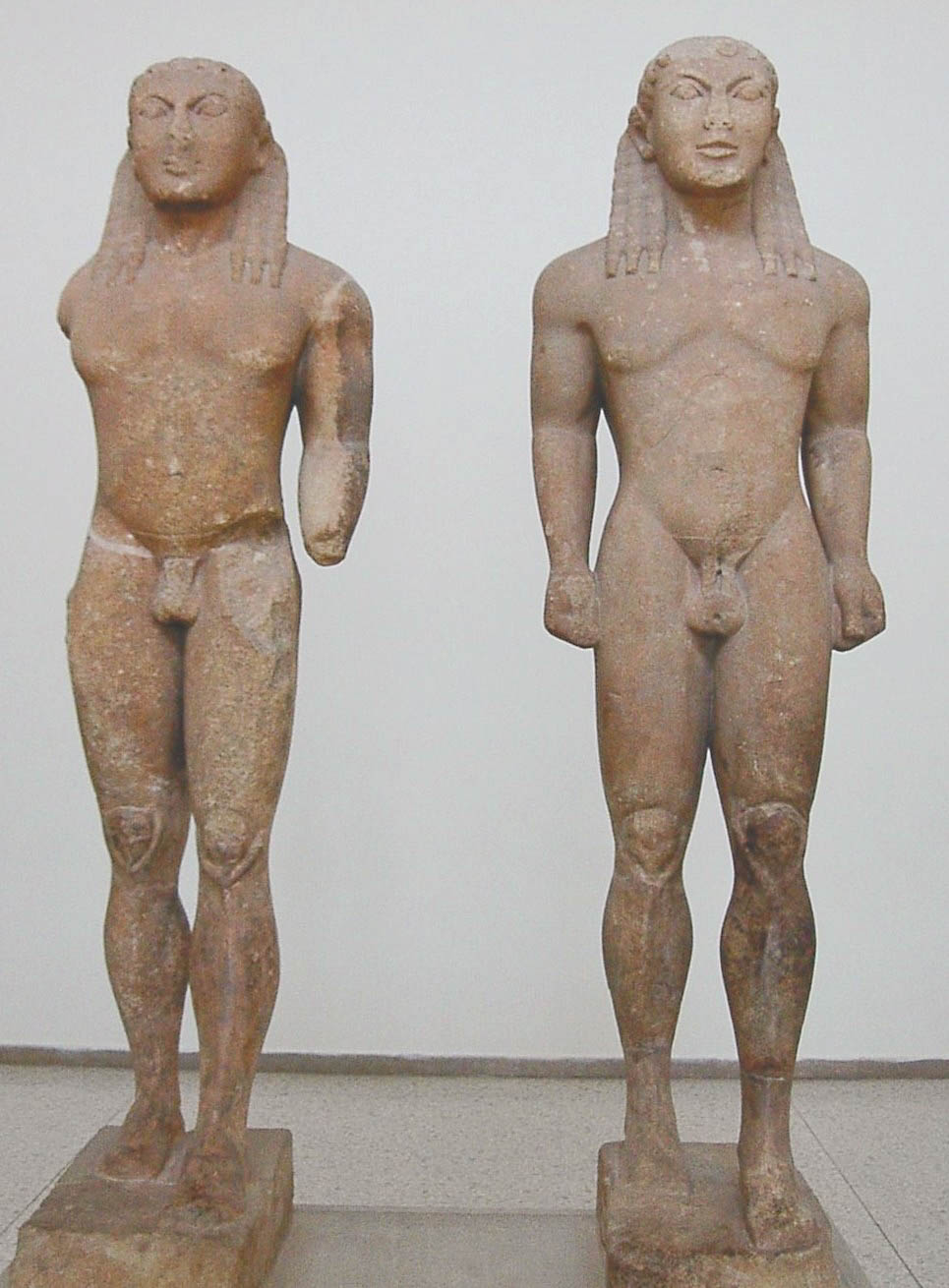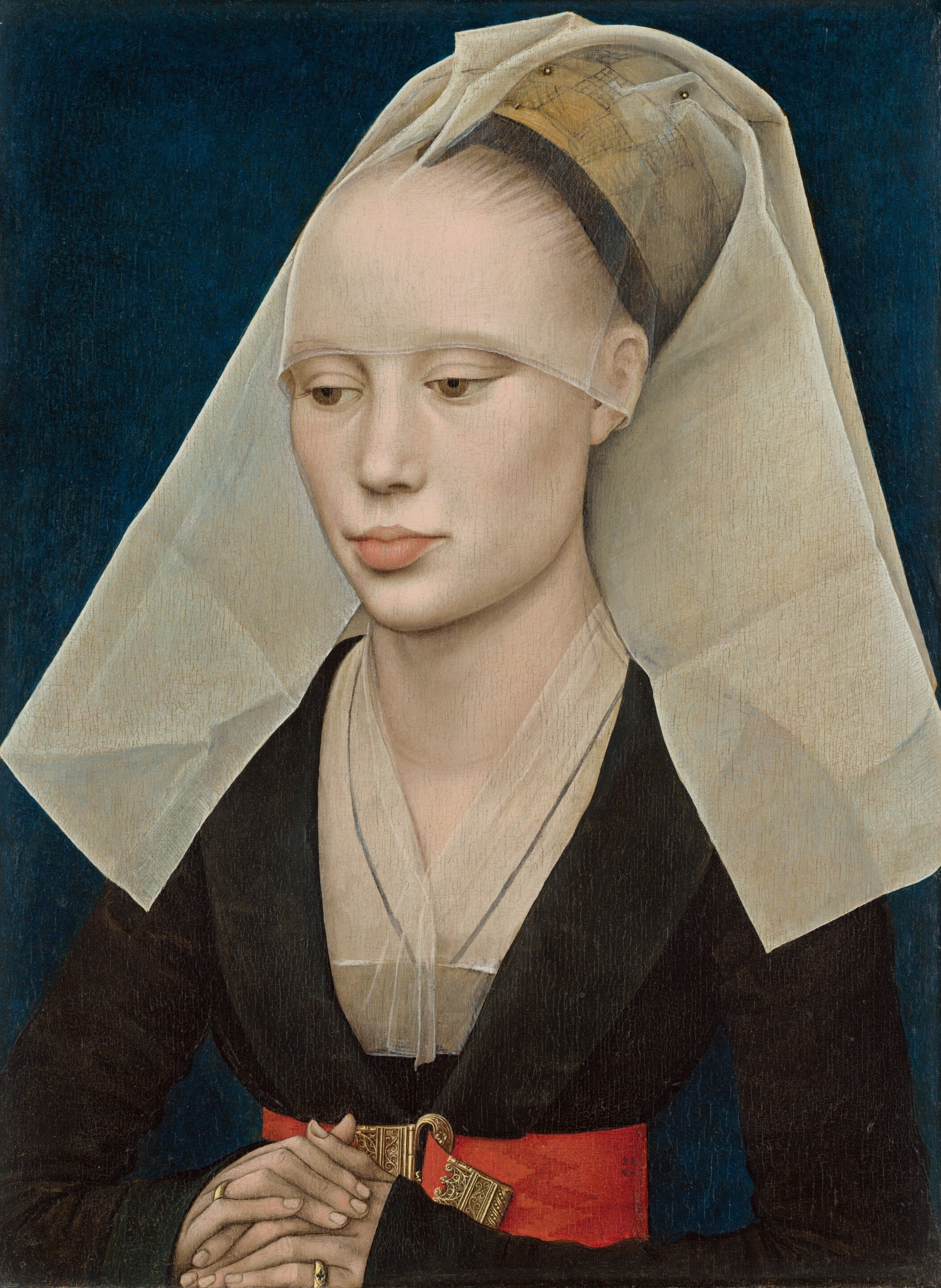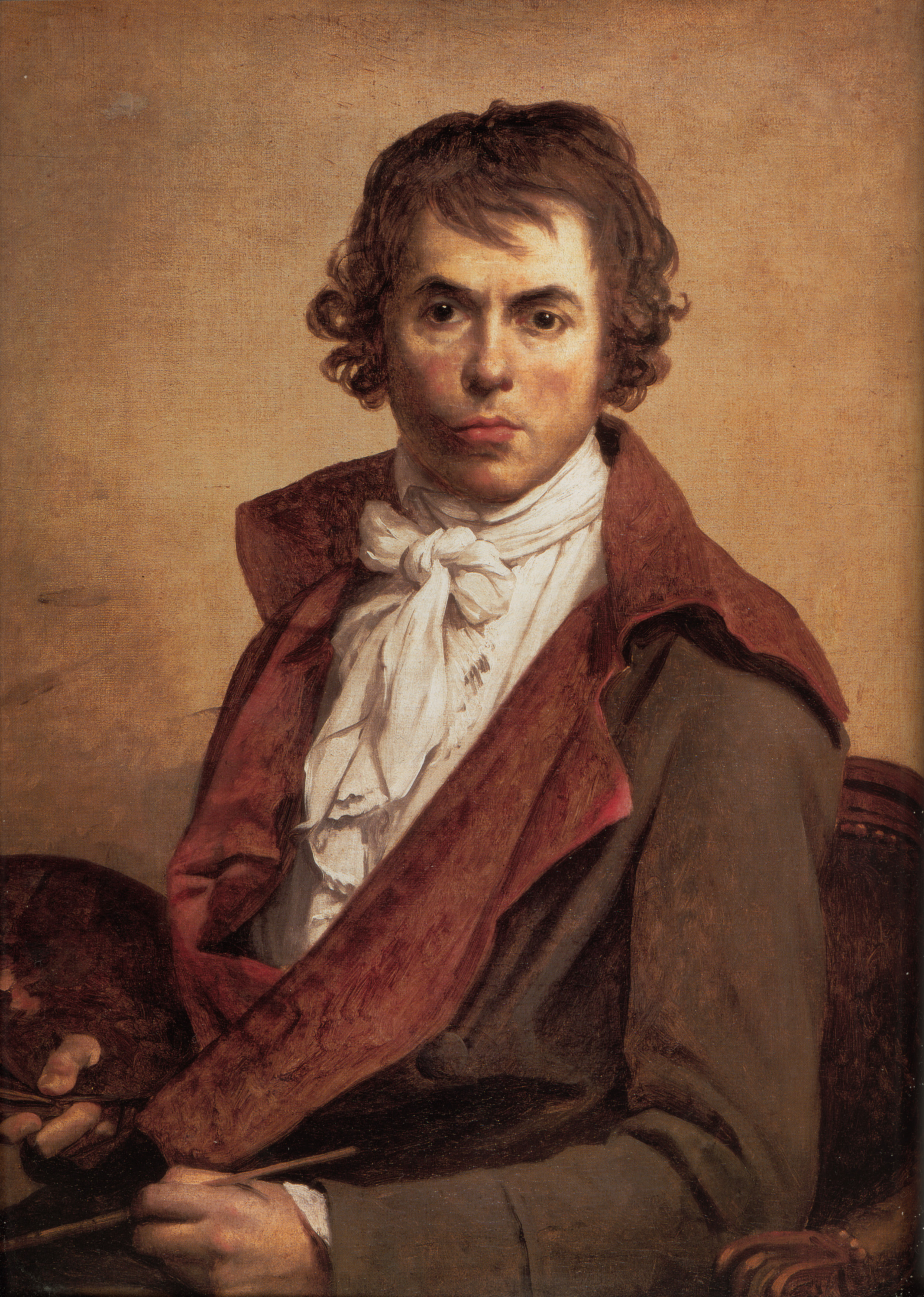Humans are so obsessed with recreating themselves. I guess its to do with our instinctive urges to get us to procreate but often it just comes out as creepy obsessions. It happened in this sort of order:
 |
| Acheulean Figure 232,000 - 800,000 years old |
 |
| Willendorf Woman 24,000 BCE - 22,000 BCE |
 |
| Mask of 'Agamemnon' 1550–1500 BCE |
 |
| Kleobis and Biton 580 BCE |
 | ||
| Augustus as Pontius Maximus after 12 BCE |
 |
| Mosaic Woman, Pomeii before 79 AD |
Skipping ahead a bit...
 |
| 'Harold' Bayeux Tapestry 1070s? AD |
 |
| Portrait of a Lady Rogier van der Weyden 1460 |
 |
| Jacques-Louise David (self-portrait) 1794 |
 |
| Victor Emil Janssen (self-portrait) 1828 |
 | |
| Three Girls Gustav Oehme 1843 |
 | |
| Wrestlers Eadweard Muybridge 1887 |
 |
| La Poupee Hans Bellmer 1935 |
As you can see things are starting to get creepy...
 |
| Clone Factory Inc. |
I almost want one. Just because it is SO weird. Seriously click on the link above to see how they make these bizarre things!
What next!?
What next!?
| The Roxxxy 'sex robot' |
Uh oh.......
xxx
P.S. Rowan says that this isn't very clear. I can't type in between the pictures for some reason so here:
Basically the first two are two of the earliest found representations of the human form, basically humans trying to replicate themselves (or at least the general concept of an aspect of themselves - fertility). Then the 'death mask' is an early example of trying to create an exact likeness of a real person. Moving away from abstract and closer to a literal representation. Kleobis and Biton are simultaneously likenesses and ideals; supposedly based on real brothers but put up as an example of the ideal son and young man.
I would say that Augustus' top skill was maintaining his image. So this is an example of a person portraying themselves as they wish to be seen, in this case an example of piety. The mosaic was probably a commissioned portrait so another example of people propagating an image they wish to last beyond their own lives. (I just liked it because she looks a bit like Frida Kahlo.) The 'tapestry' (actually embroidered cloth, sorry to be a pedant) is interesting because it is a sort of portrait by people who have never seen the subject. The van der Weyden painting is showing how the artist's skills are moving further towards realism. The two self-portraits are again about the persona people want 'the public' to have of them, always interesting because it is not just how they paint their own faces etc. that describe who they want to be but every detail of the image, also less photo-realism and more capturing the essence.
The 'three girls' is one of the very early photographic portraits, which for a short while people believed could really capture the 'truth' of a person. Muybridge went on a mission to get to truth through photography (like the galloping horse series) so this is a representation of two men wrestling shown from many angles which the brain can stitch together for an almost 3D understanding of what we can see.
Bellmer was a bit nuts and creepy in a way that I love, this is his view of what his ideal (sort of I am not striving for complete accuracy here) female is. (I read about this ages ago... he had an obsession with a girl - it got creepy.) The two girls with their dolls? Modern obsession with beauty leading to self obsession. Starting with little girls. I remember making my mum buy me a doll that looked like me because they don't really make dolls with brown hair and brown eyes that often.
And Finally! These 'clone' dolls. Suggested to commemorate a special day that you want to capture forever. Don't just freeze the happiest day of your life in photographs - do it in 3D with disturbing dolls! Do I really need to explain why this creeps me out? (But equally fascinates me.) Just google 'Freud and the uncanny'. I think he would love it.
I do not need to talk about Roxxxy. Search her on YouTube.
xxx
P.S. Rowan says that this isn't very clear. I can't type in between the pictures for some reason so here:
Basically the first two are two of the earliest found representations of the human form, basically humans trying to replicate themselves (or at least the general concept of an aspect of themselves - fertility). Then the 'death mask' is an early example of trying to create an exact likeness of a real person. Moving away from abstract and closer to a literal representation. Kleobis and Biton are simultaneously likenesses and ideals; supposedly based on real brothers but put up as an example of the ideal son and young man.
I would say that Augustus' top skill was maintaining his image. So this is an example of a person portraying themselves as they wish to be seen, in this case an example of piety. The mosaic was probably a commissioned portrait so another example of people propagating an image they wish to last beyond their own lives. (I just liked it because she looks a bit like Frida Kahlo.) The 'tapestry' (actually embroidered cloth, sorry to be a pedant) is interesting because it is a sort of portrait by people who have never seen the subject. The van der Weyden painting is showing how the artist's skills are moving further towards realism. The two self-portraits are again about the persona people want 'the public' to have of them, always interesting because it is not just how they paint their own faces etc. that describe who they want to be but every detail of the image, also less photo-realism and more capturing the essence.
The 'three girls' is one of the very early photographic portraits, which for a short while people believed could really capture the 'truth' of a person. Muybridge went on a mission to get to truth through photography (like the galloping horse series) so this is a representation of two men wrestling shown from many angles which the brain can stitch together for an almost 3D understanding of what we can see.
Bellmer was a bit nuts and creepy in a way that I love, this is his view of what his ideal (sort of I am not striving for complete accuracy here) female is. (I read about this ages ago... he had an obsession with a girl - it got creepy.) The two girls with their dolls? Modern obsession with beauty leading to self obsession. Starting with little girls. I remember making my mum buy me a doll that looked like me because they don't really make dolls with brown hair and brown eyes that often.
And Finally! These 'clone' dolls. Suggested to commemorate a special day that you want to capture forever. Don't just freeze the happiest day of your life in photographs - do it in 3D with disturbing dolls! Do I really need to explain why this creeps me out? (But equally fascinates me.) Just google 'Freud and the uncanny'. I think he would love it.
I do not need to talk about Roxxxy. Search her on YouTube.

No comments:
Post a Comment